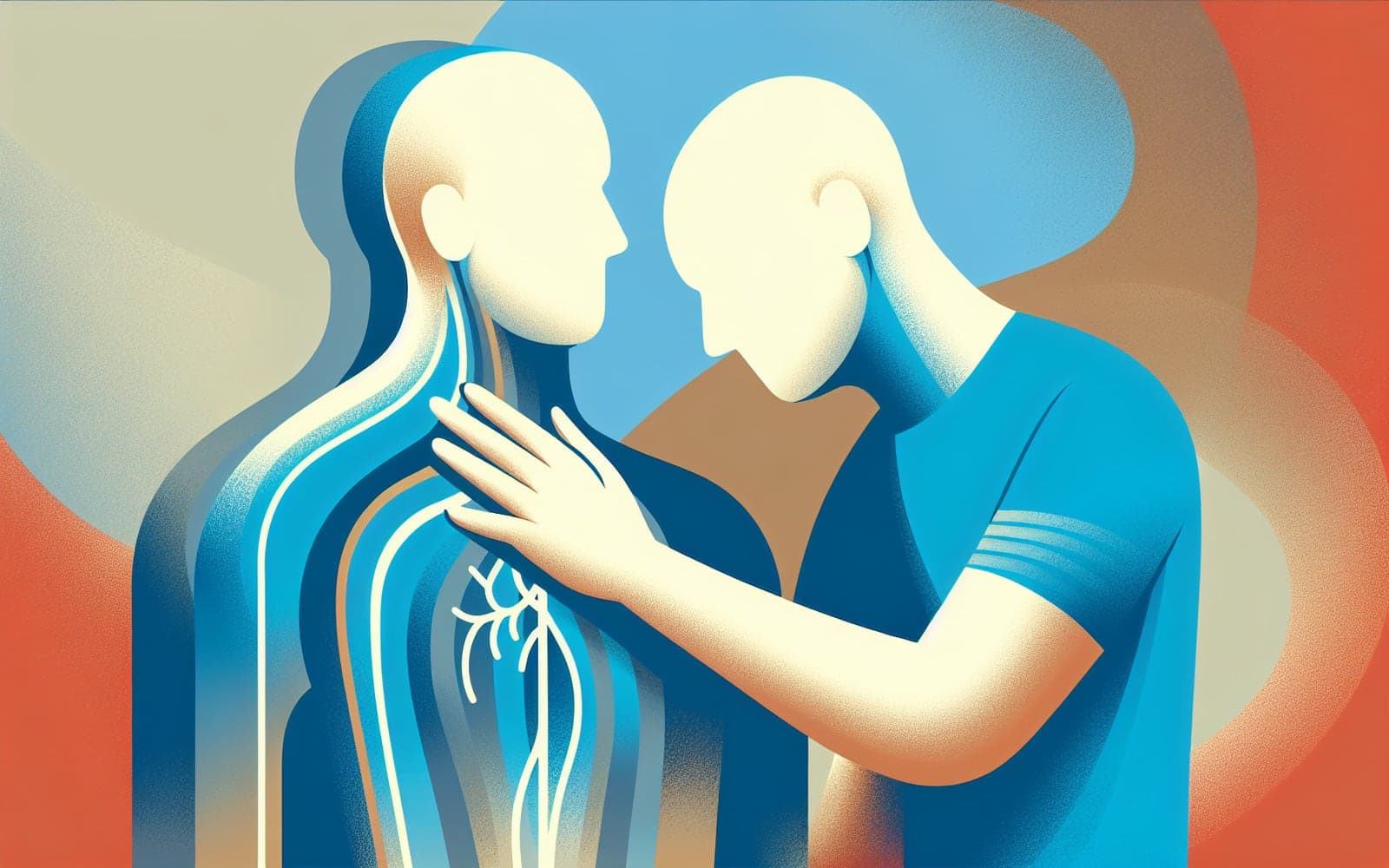5 Simple Tricks to Stop Fainting in Its Tracks
Published: Jun 12, 2024
Fainting can be scary and inconvenient, but there are ways to fight back. Here are some simple yet effective strategies to help you stay on your feet.
Contents
Know Your Enemy: Recognizing Warning Signs
The key to preventing fainting is catching it early. Common warning signs include feeling lightheaded, sweaty, or nauseous. Some people describe seeing spots or hearing a ringing in their ears. Think of these as your body's early warning system - learn to recognize them, and you'll be better prepared to take action.
The Power of Position: Gravity is Your Friend
When you feel faint, your best bet is to lie down or sit with your head between your knees. This helps blood flow back to your brain, like tipping a nearly empty ketchup bottle upside down to get the last bit out. If you can't lie down, squatting can also help. The goal is to get your head lower than your heart.

Muscle Up: The Counterpressure Maneuver
Tensing your muscles can help push blood back to your brain. Try crossing your legs and squeezing your thigh and butt muscles. Or, squeeze a stress ball in your hand. These actions are like giving your circulatory system a helping hand, pushing blood where it needs to go. It might look a bit odd, but it's better than fainting!
Frequently Asked Questions
Yes, staying hydrated helps maintain blood volume and pressure.
Increasing salt intake can help some people prone to fainting.
Yes, they can improve blood flow and reduce fainting risk.
Key Takeaways
With these tools in your arsenal, you're better equipped to fight off fainting spells and stay on your feet.
Ready to take control of your fainting? Chat with Doctronic to develop a personalized prevention plan.Related Articles
References
van Dijk N, et al. Effectiveness of physical counterpressure maneuvers in preventing vasovagal syncope: the Physical Counterpressure Manoeuvres Trial (PC-Trial). J Am Coll Cardiol 2006; 48:1652.
Brignole M, et al. 2018 ESC Guidelines for the diagnosis and management of syncope. Eur Heart J 2018; 39:1883.
Always discuss health information with your healthcare provider.